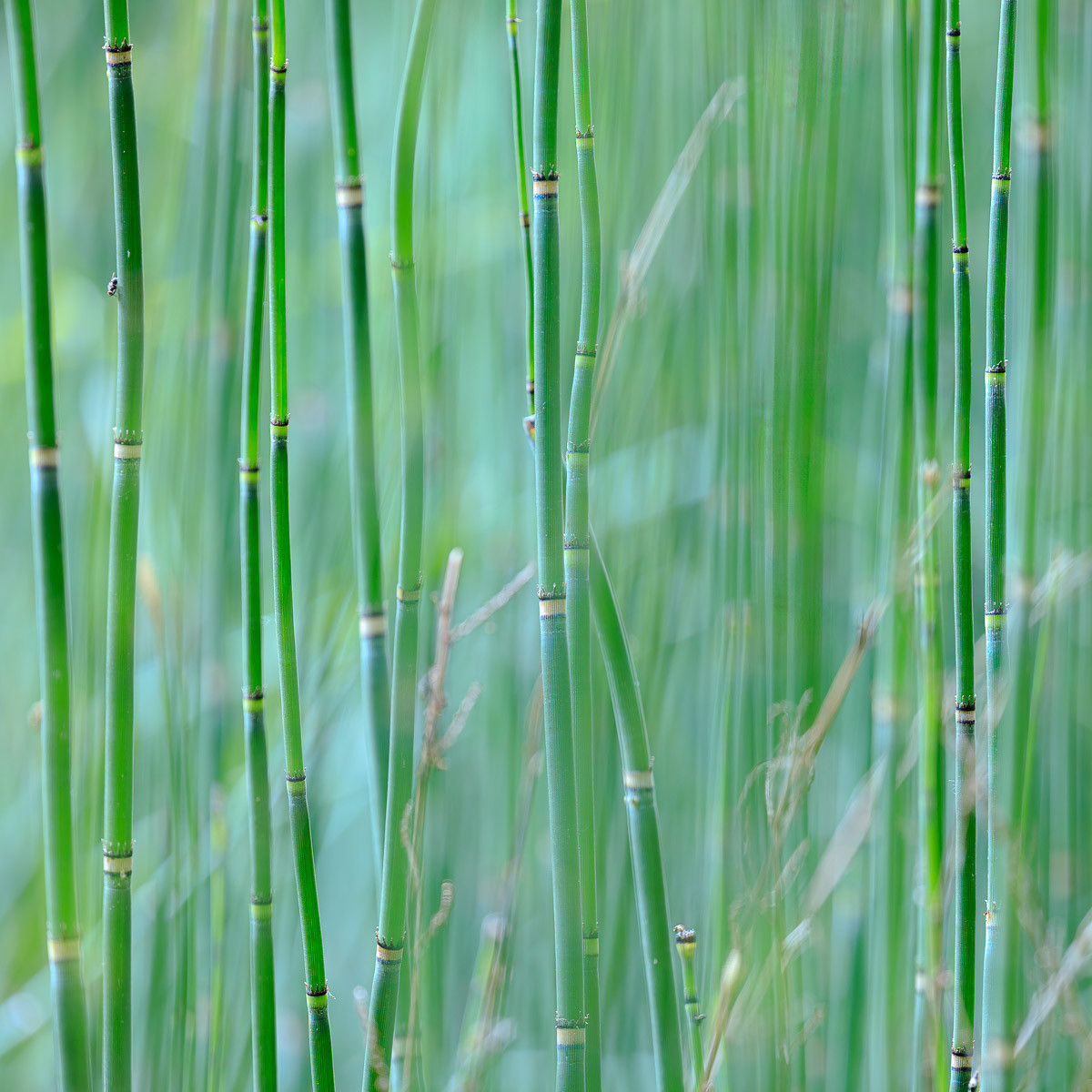About a month ago, I took a trip to the Big Dam Bridge. Wanting to do something different than what I typically do, I began walking along a trail that I had never been on before. It was on that trail that I discovered a small pond scene that looked like something that might be seen in a fantasy world. I photographed the pond and then continued down the path.
On the final stretch of the trail as it headed back to the main road, I began to notice a large number of reeds growing along the sides of the trail. I began thinking of the photographic possibilities the reeds presented. But, I was hot and tired and ready to go home, so I promised myself I would come back the following weekend to explore this opportunity.
Unfortunately, the next weekend, I had to leave town to deal with a family emergency. What I had anticipated to be a four or five day stay, however, turned into a nearly three week stay, which is why I was unable to post any new blog posts for so long. When I finally returned home, I thought a photographic outing would be quite helpful in relieving my stress and getting me back into some kind of routine. Remembering the reeds I had spotted several weeks before, I headed back to the trail to check them out again.
I had a very specific image in mind of what I wanted: a dense and compressed section of reeds that would completely fill the frame. Walking along the path that morning, I could not find anything that remotely resembled my previsualized composition, and I was becoming disappointed, somewhat frustrated, and ready to call it a day.
Recognizing that such emotions are the enemies of good photography, I ignored the idea for the image I had in my head and tried to have an open mind to other possibilities. Within a matter of minutes, I spotted a small stand of reeds just a few feet off the trail and stopped to check it out.
There were a relatively large number of reeds, and I thought that maybe switching to my 100-400mm lens would compress the scene enough to create the image I had in mind. However, my relatively short distance between the camera and the closest reeds did not provide enough depth of field to get the entire scene sharp, even using the smallest aperture on the lens. Focus stacking wasn’t an option because there were occasional gusts of wind that would cause the reeds to sway. I wasn’t sure what to do.
That’s when I noticed the scene as it appeared on the back of my camera. With the aperture wide open, I saw that the foreground reeds were sharp while the background reeds were completely out of focus.
Another image began to quickly form in my mind. While I liked the blurred background, I wanted there to be just a hint of sharpness in the background reeds to give an idea of what they were, but I didn’t want so much definition that it took attention away from the reeds in the foreground. Holding down the camera’s depth of field preview button, I closed down the aperture until I got the look I wanted, which resulted in an aperture of f/7.1. At an ISO of 100, my shutter speed ended up being 1.6 seconds. I waited a few more seconds for the breeze to stop, and then I pressed the shutter button and captured the image.
Processing the file was simple and straightforward with adjustments to increase contrast to improve the separation between the foreground reeds and background and to both soften and darken the overall image. I then moved the file into Photoshop where I used the burn tool to darken a couple of lighter foreground areas that were distracting and then sharpened the final photograph.
Subscribe to my blog, and you will be notified of each week’s post.
